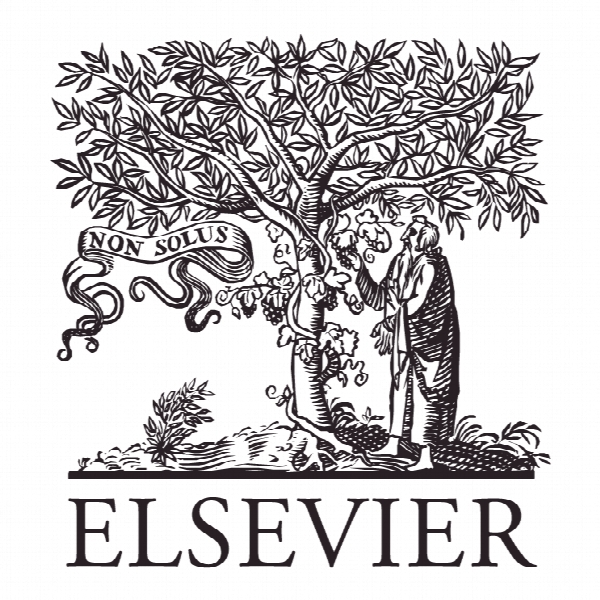ریسک مالی و ثروت سهامداران خریدار در ادغام ها و اکتساب ها Financial risk and acquirers’ stockholder wealth in mergers and acquisitions
- نوع فایل : کتاب
- زبان : انگلیسی
- ناشر : Elsevier
- چاپ و سال / کشور: 2018
توضیحات
رشته های مرتبط مدیریت، اقتصاد
گرایش های مرتبط مدیریت مالی، اقتصاد مالی
مجله اقتصاد و امور مالی آمریکای شمالی – North American Journal of Economics and Finance
دانشگاه Department of Finance – National Chung Cheng University – ROC
شناسه دیجیتال – doi https://doi.org/10.1016/j.najef.2018.07.016
منتشر شده در نشریه الزویر
کلمات کلیدی انگلیسی Default risk, M&A, Shareholder wealth, Takeover, Z-score
گرایش های مرتبط مدیریت مالی، اقتصاد مالی
مجله اقتصاد و امور مالی آمریکای شمالی – North American Journal of Economics and Finance
دانشگاه Department of Finance – National Chung Cheng University – ROC
شناسه دیجیتال – doi https://doi.org/10.1016/j.najef.2018.07.016
منتشر شده در نشریه الزویر
کلمات کلیدی انگلیسی Default risk, M&A, Shareholder wealth, Takeover, Z-score
Description
1. Introduction This study investigates the relationship between financial risk and acquirer’s stockholder wealth in mergers and acquisitions (M& As). Although takeover activity has been examined extensively in the finance and strategy research and the reasons for mergers and acquisitions are generally known, the relationship between firm’s financial risk and takeover is still little explored. Empirical studies investigating the risk to takeovers generally focus on leverage, but they fail to detect the firm’s full financial risk. The contribution of this study is to investigate how financial risk of the acquirers in its entirety rather than just debt may be linked in the context of takeovers. There are several reasons to look at the overall risk or probability of bankruptcy of the acquiring firm. First, the marketbased probability of bankruptcy is designed to measure the likelihood of future events instead of the past accounting performance.1 The stock market offers a superior source of aggregate information surpassing financial statements. Second, the probability of bankruptcy incorporates a measure of asset volatility that is a crucial measure in bankruptcy prediction. Moreover, volatility is an important omitted factor in accounting-based bankruptcy measures. Lastly, according to Hillegeist, Keating, Cram, and Lunstedt (2004a,b), the overall risk of the acquiring firm can provide better insights than other accounting-based measures. The Black-ScholesMerton (BSM) default probability provides significantly more information than accounting-based measures. Taking the above reasons into account, this paper looks at the overall risk of the acquiring firm. Potential acquirers have an incentive to take over the targets with valuable assets or technology but poor managerial skills. Empirical evidence demonstrates that acquirers do better when they target poorly managed targets (Berger & Ofek, 1996). A company’s financial risk may be linked to a managerial strategies and internal control mechanisms. Poor control systems, for example, are not able to prevent managers from destroying essential amounts of firm value. Suboptimal management creates incentives for outsiders to acquire the targets and improve operations. Existing studies show that acquirers earn greater profits when their targets’ managers have destroyed more value (Lang, Stulz, & Walking, 1989; Servaes, 1991). In this paper, we employ two models to estimate financial risk (Z-score and BSM default risk) and examine the risk around takeovers activities. We then compute the excess returns of targets and acquirers over the pre- and post-takeover period, respectively, and examine the differences in excess returns around takeovers. We also examine whether takeovers create value for acquirers and which acquirers are most likely to be winners. Finally, we investigate the impact of financial risk on acquirer’s stockholder wealth in takeover activities.


